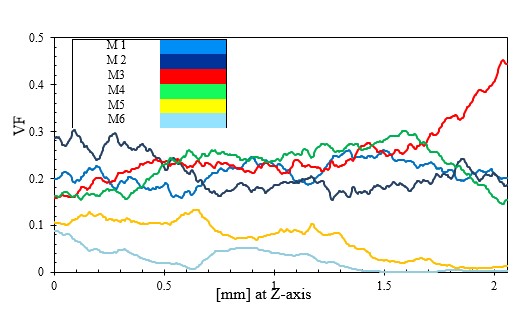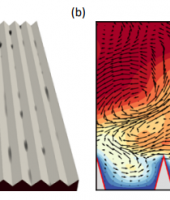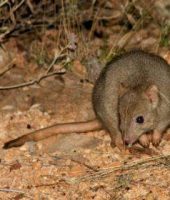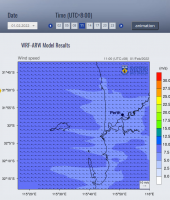Using the Micro-computed Tomography Images to Evaluate the Corrosion Process in the Natural Seawater and Oil and Gas Production Facilities
This study will investigate the mechanism of microbiologically influenced corrosion (MIC) processes and the characterisation of corrosion products formed by implementing the surface analytical techniques such as such scanning electron microscopy (SEM) with energy dispersive X-ray (EDX), X-Ray diffraction (XRD) analysis, and also studying the structural of corrosion products by analysing the 3D images which were obtained by X-ray micro-computed tomography (µCT) , as a modern microbiology tool to characterise the biofilms and the corrosion products, will generate 3D images of the corroded coupons and corrosion products. In addition, the obtained images will be used to measure important parameters such as porosity, distribution of the material of corrosion products and morphologies, equivalent diameters of pores, specific surface areas, weight percent and the spatial distribution of corrosion products on carbon steel in the presence and absence of bacteria can be studied by using Avizo software which was provided by PAWSEY Supercomputing centre. The outcomes of this research project will therefore lead to a better understanding of the risk of MIC. This will ultimately guide the oil and gas industry towards improved methods for microbial corrosion control, reducing the risk to production equipment and more importantly, to people and the environment. This research project will investigate for five different corrosion process conditions: • Corrosion Products in Deep-Seawater. • Corrosion process in Surface seawater. • Biocorrosion in presence of bacteria under anaerobic condition. • Biocorrosion in presence of bacteria under anaerobic condition for long term. • Biocorrosion in presence of bacteria under anaerobic and aerobic condition.
Area of science
Bio-corrosion Chemical Engineering, Chemical Engineering
Systems used
Magnus and Visualisation
Applications used
Avizo SoftwareThe Challenge
The outcomes of this research project will lead to understand the mechanism of microbiologically influenced corrosion (MIC) processes and the characterisation of corrosion products formed for five different corrosion process conditions , then a better understanding of the risk of MIC and ultimately guide the oil and gas industry towards improved methods for microbial corrosion control, reducing the risk to production equipment and more importantly, to people and the environment.
The Solution
My PhD study depends on the analysing the 3D images which were obtained by X-ray micro-computed tomography (µCT) for 16 samples of corrosion products by using Avizo software which was provided by PAWSEY Supercomputing centre to measure important parameters such as porosity, distribution of the material of corrosion products and morphologies, equivalent diameters of pores, specific surface areas, weight percent and the spatial distribution of corrosion products on carbon steel in the presence and absence of bacteria.
Images processing for the X-ray micro-computed tomography images will be done by using Aviso program, including these main steps:
1. Cropping the images
2. Filtration Process
3. Segmentation Process
4. Identify the materials
5. determine the porosity and materials volume fraction
6. Study the structural in 3D volume rendering
7. Distribution of the materials in the samples
The Outcome
By applying Avizo software which was provided by PAWSEY Supercomputing centre to succeed for this study.
List of Publication under construction.
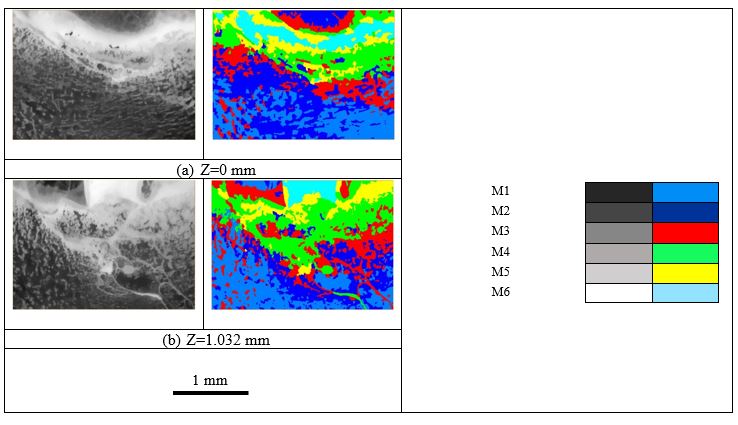
Figure 1. 2D Filtered and Segmented µCT image slices of sample 1 at two different heights.

Figure 2. 2D Filtered and Segmented µCT image slices of sample 2 at Z=0 mm height
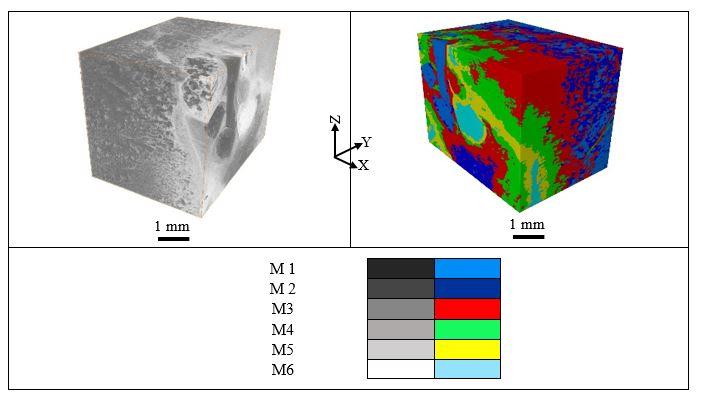
Figure 3. 3D Filtered and Segmented µCT images for the Sample 1 (2*1.5*2 mm).

